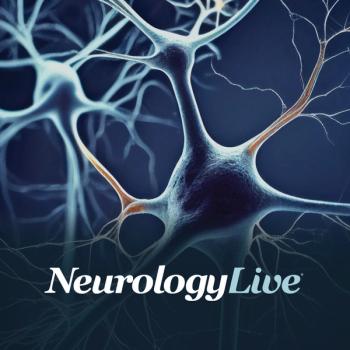
Understanding Brain Differences in MRI Markers, Sleep-Disordered Breathing of Latino Individuals: Alberto Ramos, MD, MSPH, FAASM
The director of the Sleep Disorders program at the University of Miami discussed his research regarding the association of sleep disordered breathing and total brain volumes in Latino individuals. [WATCH TIME: 3 minutes]
WATCH TIME: 3 minutes
"We know now that sleep apnea or sleep disordered breathing is more of a heterogenous disorder, meaning there are different subtypes that may give us more granular information about what individuals are at higher risk for developing these brain findings that we observe in neuroimaging."
At the
After adjusting for age, sex, and education, individuals with a respiratory event index (REI) greater than 15 had decrements in total brain volume (–6.115; 95% CI, –10.19 to –2.04; P <.01), total gray matter volume (ß = –3.702; 95% CI, –6.7 to –0.7; P <.05), and frontal cortical gray matter volume (ß = –1.844; 95% CI, –3.48 to –0.21; P <.05). Additionally, these patients had increments in hippocampal volume (ß = 0.138; 95% CI, 0.04-0.23; P <.01). Notably, the associations persisted after adjustment for Hispanic/Latino background and behavioral risk factors.
Ramos, an associate professor of neurology and research director of the Sleep Disorders program at the
REFERENCE
1. Ramos A, Gonzalez K, Tarraf W, et al. Sleep disordered breathing and MRI markers of brain aging in the Hispanic community health study/study of Latinos. Presented at: SLEEP Annual Meeting, 2022; June 4-8; Charlotte, NC. Abstract 0322
Newsletter
Keep your finger on the pulse of neurology—subscribe to NeurologyLive for expert interviews, new data, and breakthrough treatment updates.


































